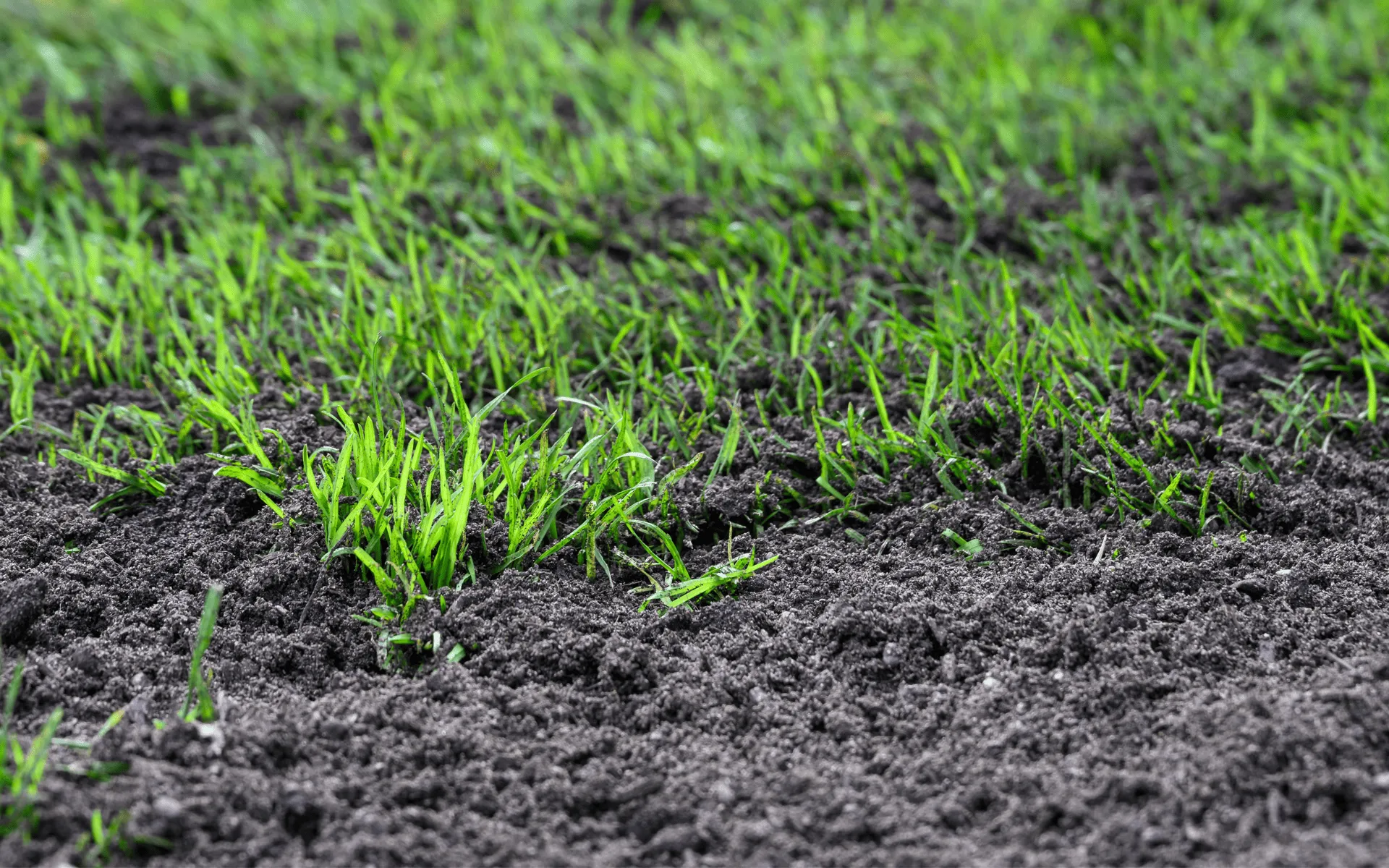Choosing the right lawn for your home isn’t always straightforward. Whether you’re starting from scratch or replacing an existing yard, the decision between turf lawn and natural lawn can shape how your outdoor space looks, feels, and functions for years to come.
Let’s break down both options in practical terms, comparing not only their upfront differences but also how they perform over time with proper lawn care. We’ll help you figure out which type suits your needs based on budget, lifestyle, environment, and effort.
If you’re torn between laying down turf or growing from seed, read on for a side-by-side look at the pros, cons, and real-world considerations that matter most to Australian homeowners.
Understanding the Basics: What’s the Real Difference?
Before diving into which lawn is best for you, it’s important to understand what each option actually involves.
- Turf lawn is pre-grown grass that comes in rolled-up slabs. It’s installed directly onto prepared soil, giving you instant greenery.
- Natural lawn is grown from seed or sprigs and cultivated onsite. It takes time to grow in and requires more nurturing early on.
At first glance, turf might seem like the obvious winner—quick results, neat appearance. But natural lawn holds its own if you value adaptability and long-term sustainability. Knowing the key differences helps set the stage for choosing what’s right for your situation.
Initial Cost vs Long-Term Value

One of the first questions homeowners ask is: How much is this going to cost me?
Turf Lawn:
- Higher upfront costs due to the price of turf rolls and installation.
- Quick turnaround means you get a usable lawn sooner.
Natural Lawn:
- Much cheaper to start—grass seed costs a fraction of turf.
- May require more materials (like fertiliser and weed control) in early stages.
If budget is tight and you’re okay with a slow start, natural lawn is the more economical choice. However, if you’re renovating to sell or want a ready-to-go lawn for kids or pets, turf could justify the extra spend.
Time to Establish: Fast vs Gradual
Time is another major factor when choosing a lawn type.
Turf:
- Instant results—you go from bare soil to lush grass in a day.
- Full root establishment takes a few weeks, with careful watering during that time.
Natural Lawn:
- Can take 6 to 12 weeks (or more) before it resembles a proper lawn.
- Patchiness and weed invasion are common early issues.
If you need your yard finished quickly—say, before a party, rental handover, or move-in deadline—turf is clearly more practical. But if you’ve got time and patience, growing a lawn the natural way can be very rewarding.
Maintenance Requirements Over Time
No matter what kind of lawn you choose, lawn care is going to play a big role in how it looks and functions. That said, the effort required differs between turf and natural lawn, especially in the first few months.
Turf Lawn Care:
- Requires immediate and consistent watering after installation.
- Needs mowing once roots take hold, usually within 2–3 weeks.
- Generally weed-resistant at the start, thanks to its dense structure.
Natural Lawn Care:
- More intensive early care needed to manage weeds, moisture, and uneven growth.
- Fertilising and mowing may be delayed until the lawn is fully grown in.
- Higher risk of bald spots and pest damage if not monitored closely.
Over time, both lawn types require ongoing mowing, feeding, watering, and seasonal aeration—but turf offers a smoother start while natural lawn demands more attention upfront.
Climate and Location Considerations
Australia’s diverse climate plays a huge role in how different lawns perform. Choosing a lawn type that suits your local conditions makes lawn care easier and less costly in the long run.
Turf:
- Pre-grown in controlled environments, often using hardy varieties like Buffalo or Kikuyu.
- Ideal for areas that get heavy use, like sports fields or family backyards.
- Performs well if installed during spring or autumn when temperatures are mild.
Natural Lawn:
- Can be grown using grass seed mixes tailored to your soil, sun exposure, and rainfall.
- May be better for shady, damp, or sloped areas where certain turf varieties won’t thrive.
- Easier to adjust over time if patches fail—you can simply reseed as needed.
In short: if your environment is harsh or inconsistent, starting from seed might allow for better long-term adaptation. But if your climate is stable and conditions are favourable, turf can thrive with fewer variables.
Appearance and Texture

Visual appeal matters—especially if you’re particular about your lawn looking “just right.” Here’s how the two compare:
Turf Lawns:
- Offer uniform colour and density right away.
- Grown for appearance and consistency, often with softer textures.
- Great for creating a neat, magazine-worthy yard.
Natural Lawns:
- Appearance improves gradually as the grass matures.
- Can look patchy or uneven during early months.
- Often more rustic and varied in appearance, depending on seed mix.
If aesthetics are a top priority, and you want everything looking perfect fast, turf gets the edge. But if you’re okay with a “work in progress” that eventually pays off, natural lawn will still get you there—with time and care.
Final Thoughts
There’s no one-size-fits-all answer when it comes to choosing between turf and natural lawn. Each has its advantages, drawbacks, and ideal scenarios. The best choice ultimately depends on your timeline, budget, climate, and how much time you’re willing to put into lawn care.










